How to get rid of scars?
For some, marks can be a mark of pride, while for some, it’s an eyesore that affects their confidence, and they wish to get rid of them.
Scars are formed during the body’s healing process when several layers of your skin undergo trauma. It can be caused due to severe acne, injury or surgery. Irrespective of the causes, they remain with you for life unless you choose to remove them through effective scar treatment.
However, no treatment can make these scars disappear permanently; they can be diminished to an unnoticeable level. The treatment choice depends on how the scar is formed and the type of scar.
How do Scars form?
Following an injury, a scar develops as part of the body’s normal healing process. Your body creates collagen fibers to repair damage caused to the dermis (the second layer of skin), which leaves a scar. The longer the wound takes to heal, the higher the collagen is deposited for healing. That is why severe injuries mostly have noticeable and prominent scars. Age and location of injury are also the deciding factors for the level of scarring.
Types of Scars
Just like people, scars also come in all different shapes and sizes. Dermatologists can determine the treatment for the scars based on their type. Some of the most common types of scars are:
- Keloid Scars: Keloid scars are caused mainly by the result of an injury. They are firm, pink or dark red and develop from excess collagen under your skin. The most irritating part is that they extend past the original injury site.
- Hypertrophic Scars: A thick elevated scar is known as a hypertrophic scar. Extra connective tissue grows inside the initial wound area due to an aberrant wound-healing response. The scars are often mistaken for keloid scars. However, they are easy to treat than keloid scars. These scars are usually seen in young people because of the high collagen production.
- Contracture Scars: Wound contraction is a healing process as a response to reducing the size of the tissue defect. When a scar undergoes a contractile wound-healing process after being sufficiently healed and re-epithelialized, it results in scar contracture. The scars are usually formed by severe burns. Deep scars from contractures can occasionally stiffen the skin and limit movement.
- Acne Scars: As the name suggests, acne scars are formed due to severe acne. The most typical locations for these scars are the back and chest. They are a result of excessive collagen production during the healing process and protrude or suppress the surface of the surrounding skin.
Effective Scar Treatment Options
Proper treatments can either make the scars light or cover them. Several treatment options are available, from OTC (over-the-counter) medicines to surgical procedures. Some of the most common scar treatments recommended by our expert dermatologists are:
Surgical procedure: Surgical removal of scars is the most invasive treatment. We recommend only consulting an experienced plastic surgeon before you make the final decision. A surgeon can assess your scar and perform surgery to make it less visible. In most cases, the surgeons reduce the wide scars, take part of your skin from another body part, and use it to cover the scars.

Laser scar removal: For people who do not want to undergo a knife to treat skin problems, laser treatment is the best noninvasive aesthetic treatment. Dermatologists use laser devices to reduce the color, size, and shape of scars. The doctor decides the most effective laser removal method based on your scars and skin condition.
Subcision: This is a widespread aesthetic treatment used to treat acne scars (indented scars). The treatment procedure involves inserting a small needle in the skin to separate the acne scars from the underneath tissue. This enables the skin to rise and reduce the prominence of the acne scar. It is done at a dermatology or aesthetics clinic.
Punch excision: This is another minimally noninvasive procedure that can be done in a doctor’s office. The procedure includes using a surgical tool that matches the scar’s size. The initial step is to numb the affected areas with a local anesthetic injection. The scar is then entirely removed using a “punch” tool, which resembles a miniature cookie cutter. The open area is then linearly closed with skin sutures, leaving a flat, linear scar as a consequence.
Silicone gels or sheets: It is an OTC option to treat scars and can be used on healing skin, not open wounds. They are applied like self-adhesive dressings and are flexible, soft gels or sheets. They are intended to flatten the scar and soften the skin around it and can be cleaned and reused for up to three months. It can be purchased over the counter at your nearby store without a prescription.
Chemical Peels: It is an in-clinic procedure and can be used to treat mild scarring. A chemical solution is applied to your skin’s area with scarring. The chemical solution dissolves the top layer of the skin. It promotes cell turnover and exposes a smoother, less uneven complexion. A layer of skin gets removed as the peel is taken off to reveal a smoother skin layer. Chemical peels are best for skin surface scars and may require multiple sessions.
The procedure is believed to be more effective on people with a lighter complexion. For darker skin, glycolic acid or azelaic acid peels are considered more effective. Irrespective of your skin color, you must use sunscreen after your treatment as the procedure makes your skin sensitive to UV rays.
Dermabrasion: Abrasion is defined as “the process of scraping or wearing something away,” and “derm” refers to the skin. The definition of the word is “scraping of the skin.” An effective treatment that decreases the appearance of fine lines can also be used for the removal of scars (acne and surgical scars). The doctor uses a machine that looks like a small sander. The procedure is conducted under local anesthesia, where the dermatologist smooths away the upper layer of skin.
Dermal Fillers: Dermal fillers are gel-like compounds used to inject pitted scars beneath the skin. Only an experienced physician or a specialist in dermatology or aesthetics administers dermal fillers.
Steroids: Corticosteroid injections are used to treat tough scars like keloid scars. The scar is flattened when the injections minimize edema. The injections are often administered several times over several months. The injections are directly given into the scar tissue to avoid or minimize the side effects such as itching, redness, and burning. These injections are known to shrink the size of the scar.
Ointment: Several ointments can be purchased over the counter and have proven to be effective on minor scarring.
Why 7DMC?
We are the leading name for specialized dermatology-related services in Dubai. Our skilled dermatologists provide top-notch cosmetic solutions for all of your skin and hair concerns by combining their clinical knowledge with cutting-edge technology. Our medical staff has vast experience in successfully completing thousands of complex treatments that have changed countless lives. We are the most trusted brand and are dedicated to our customers’ safety and satisfaction.
Reference:
https://www.plasticsurgery.org/cosmetic-procedures/dermabrasion
https://www.webmd.com/beauty/cosmetic-procedures-scars
https://www.healthline.com/health/how-to-get-rid-of-old-scars
- CATEGORIES : Aesthetic





